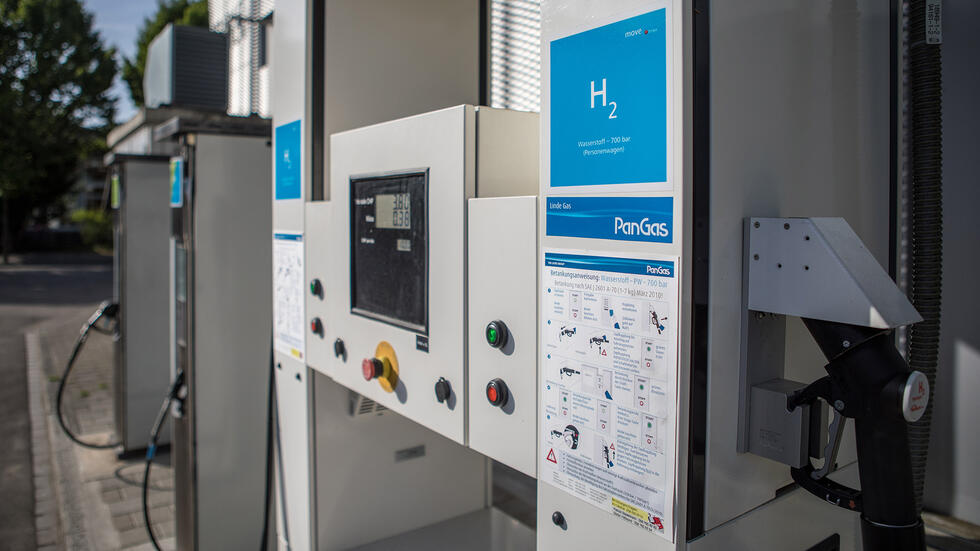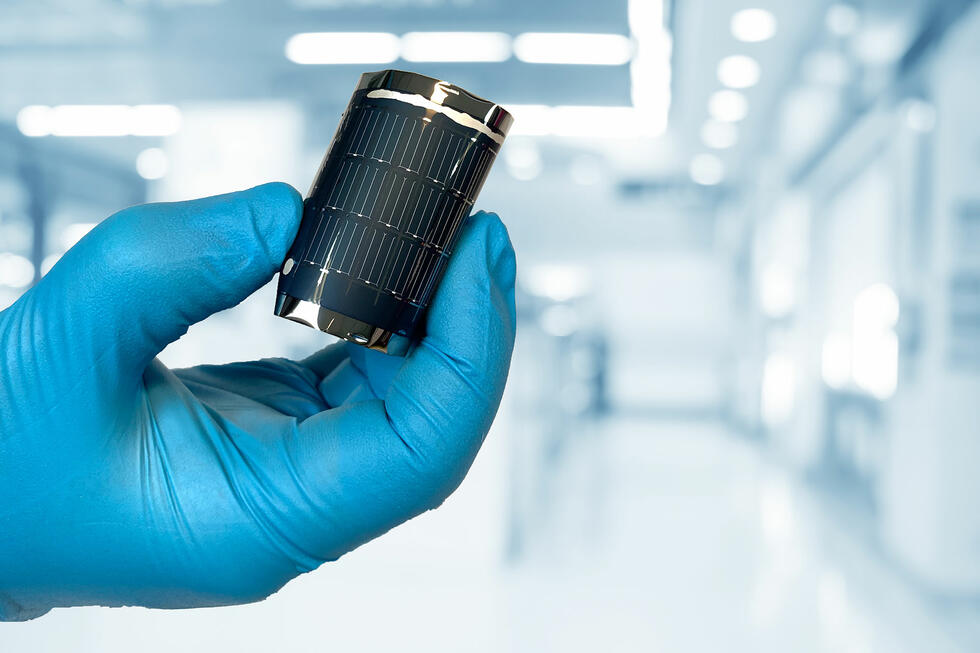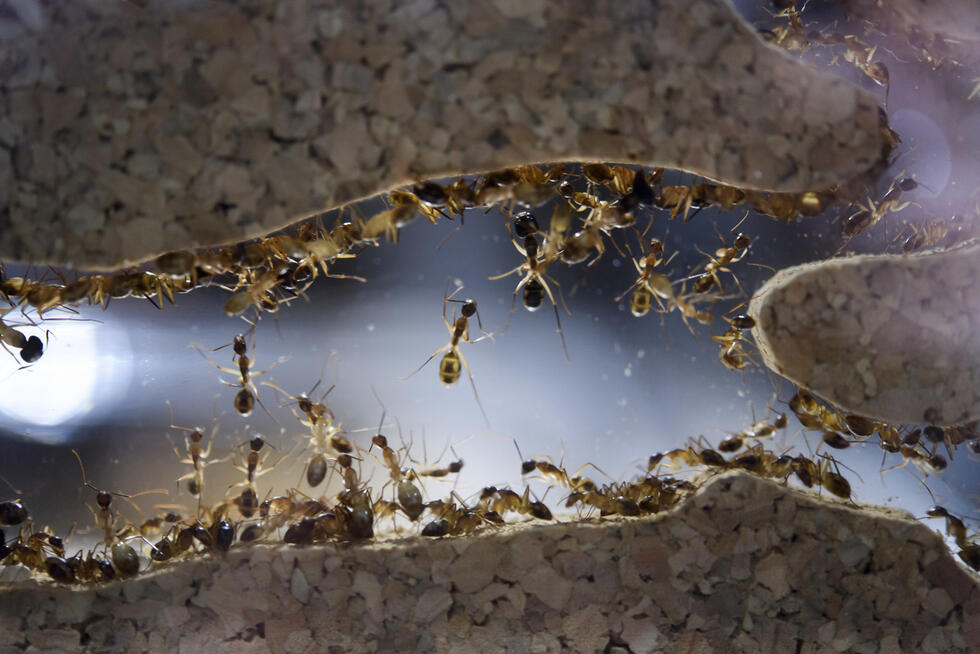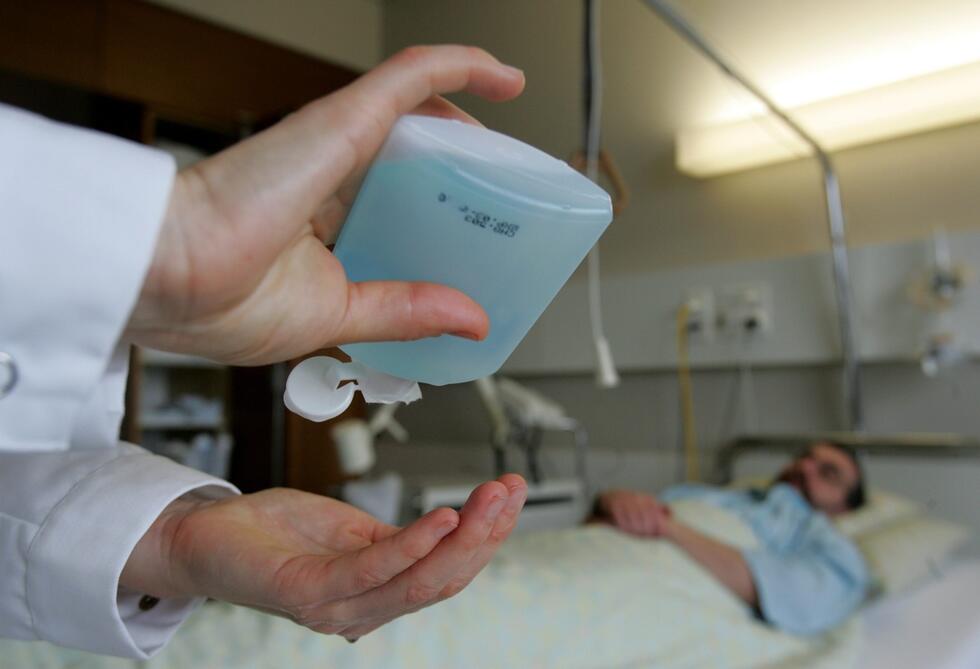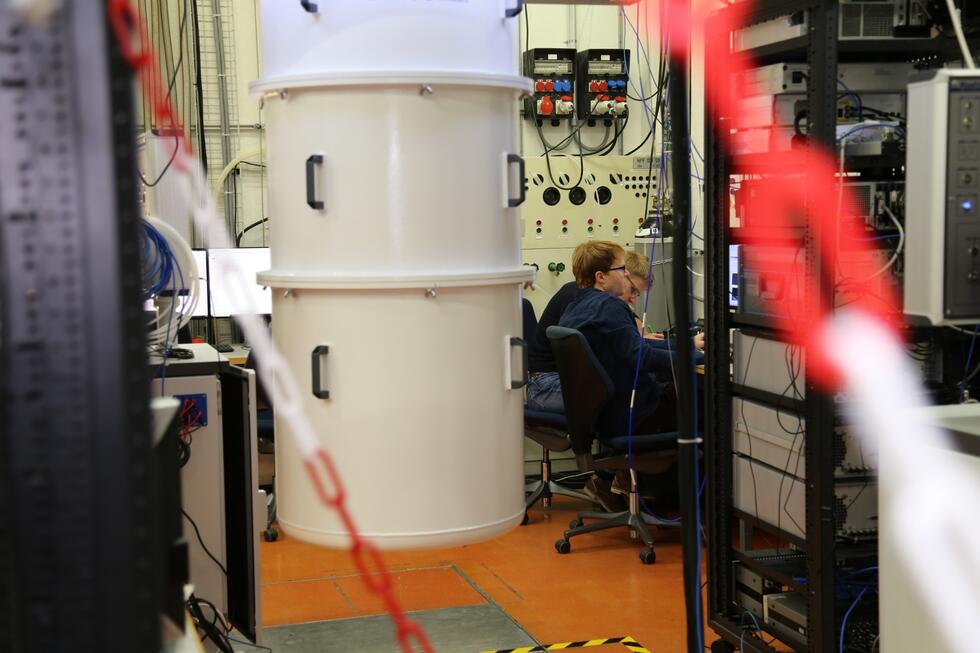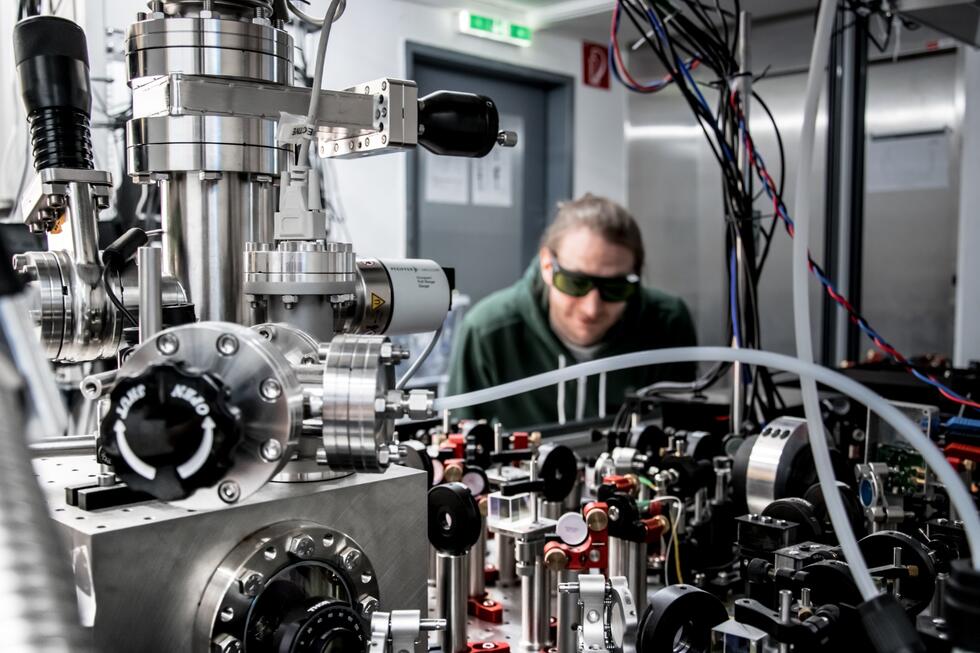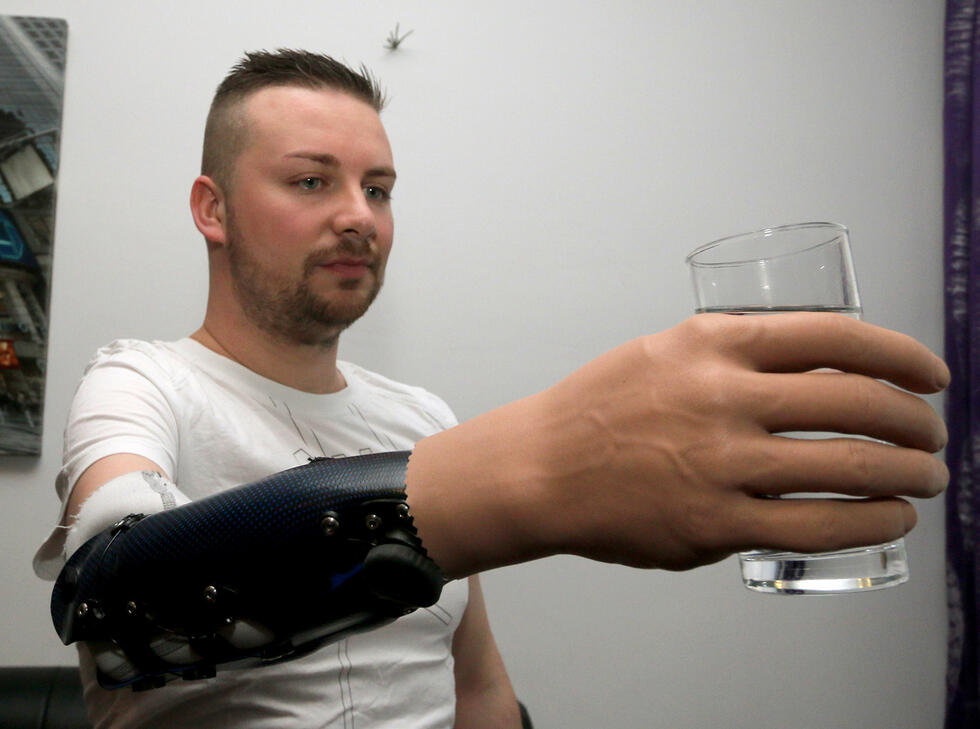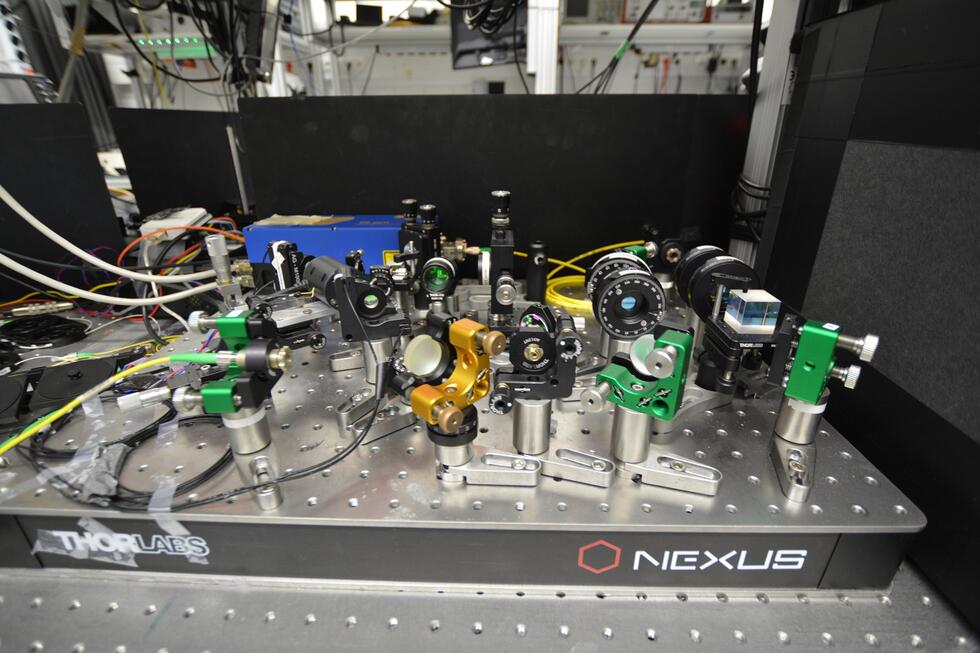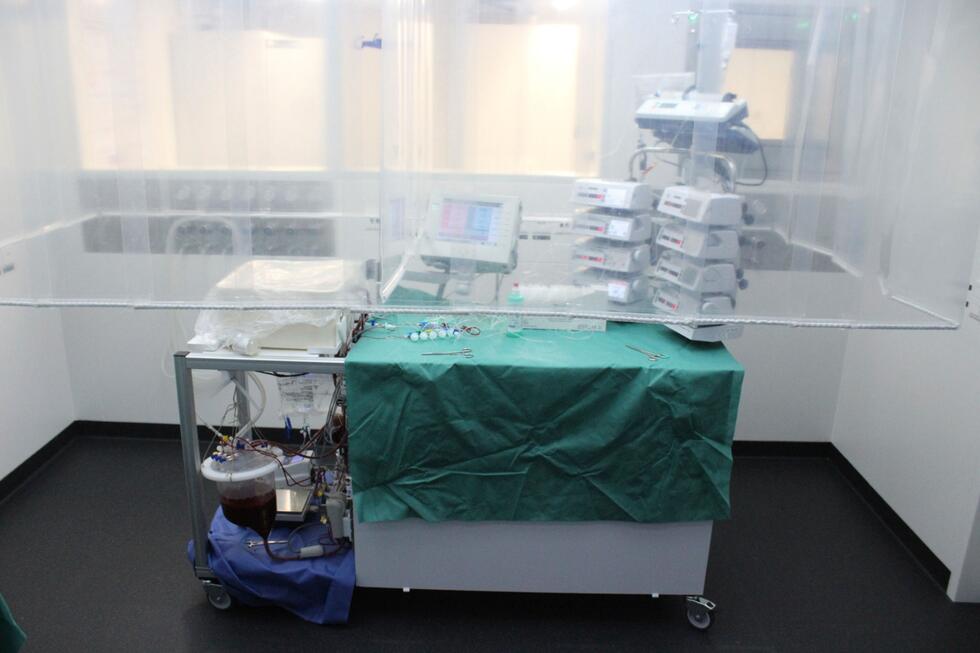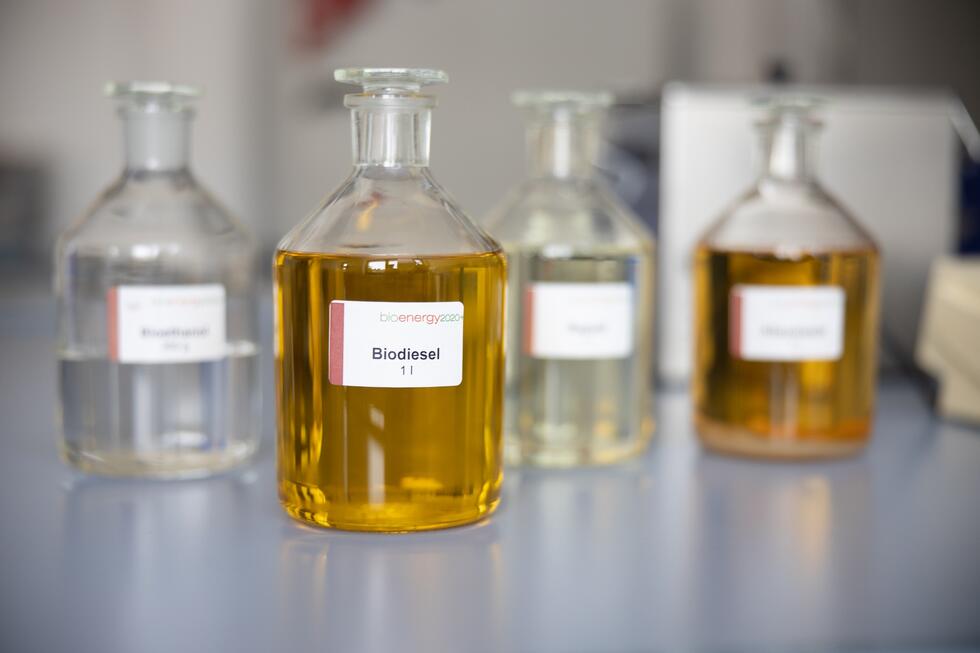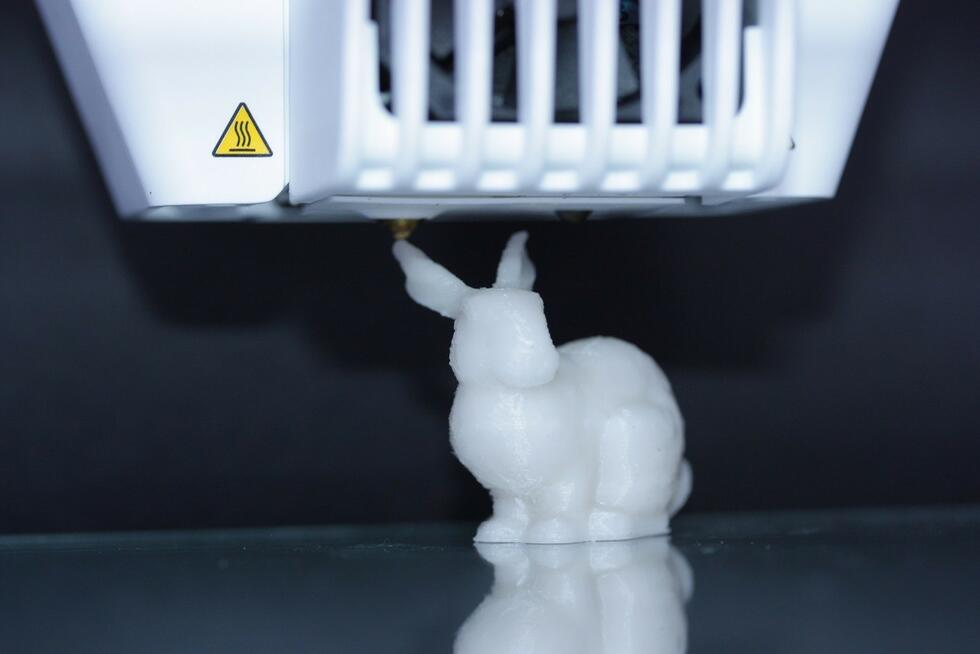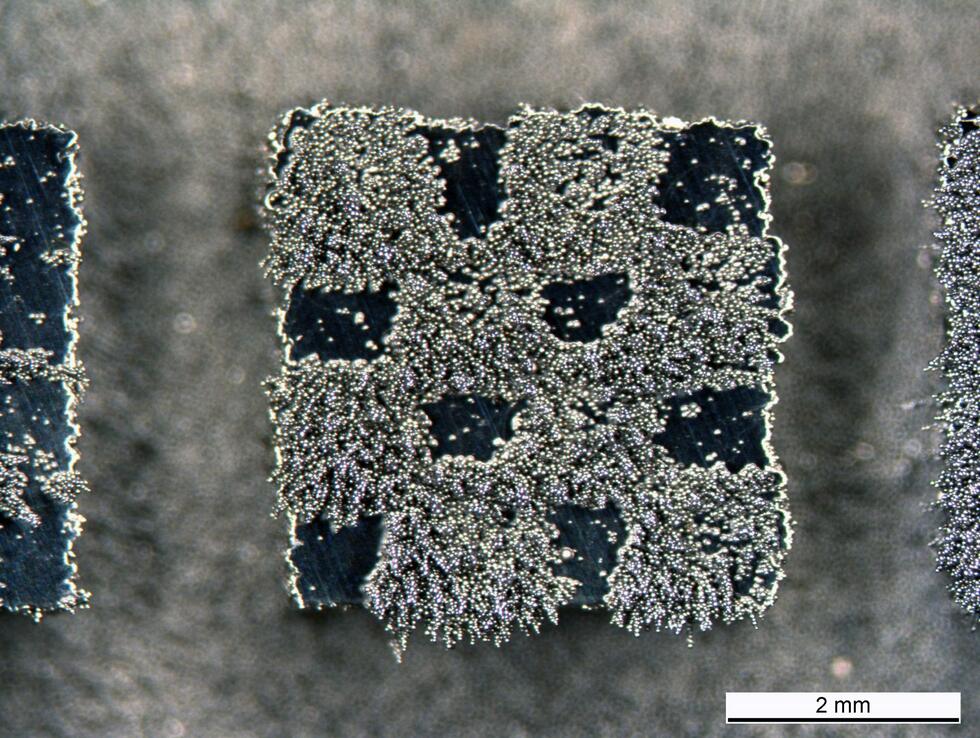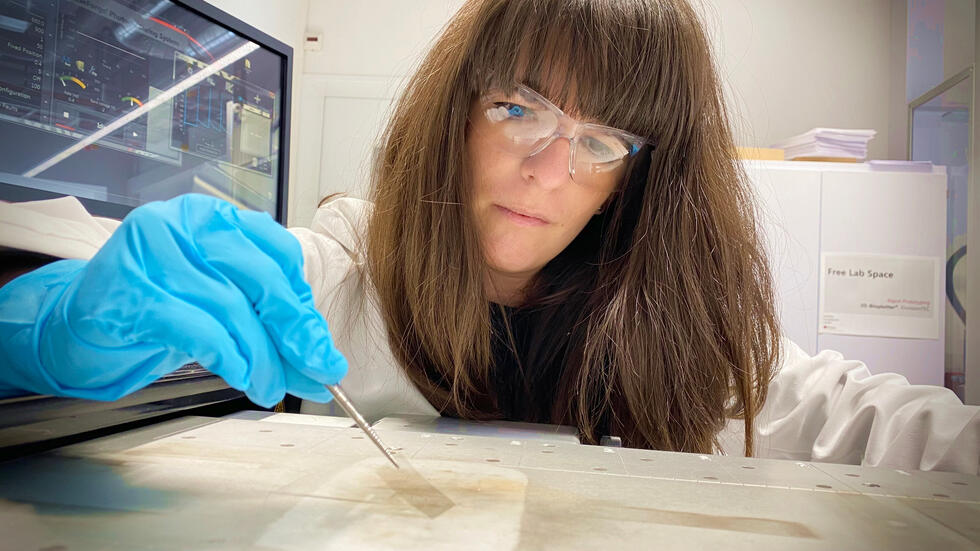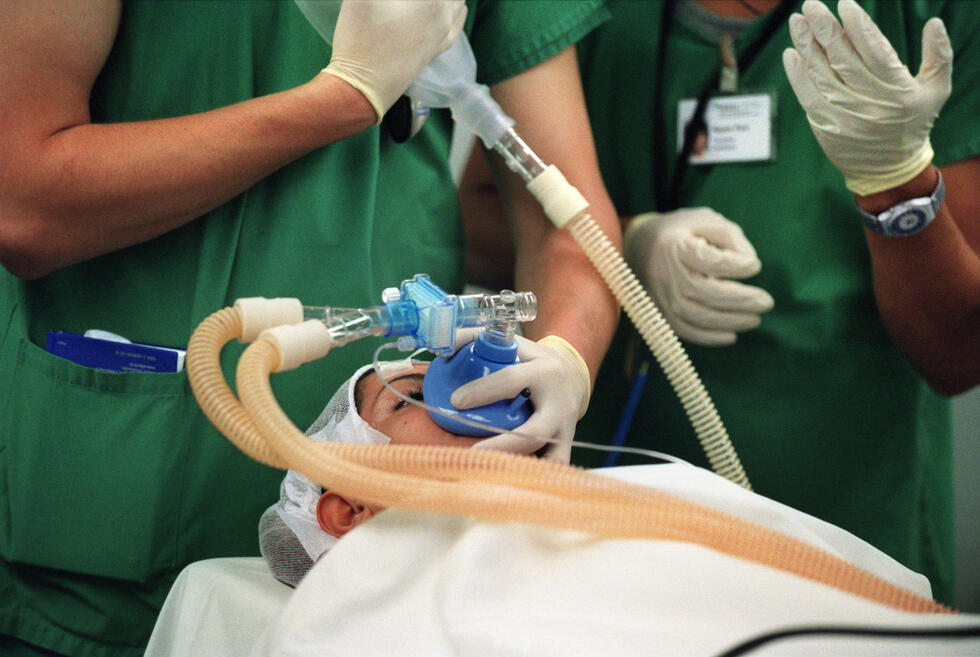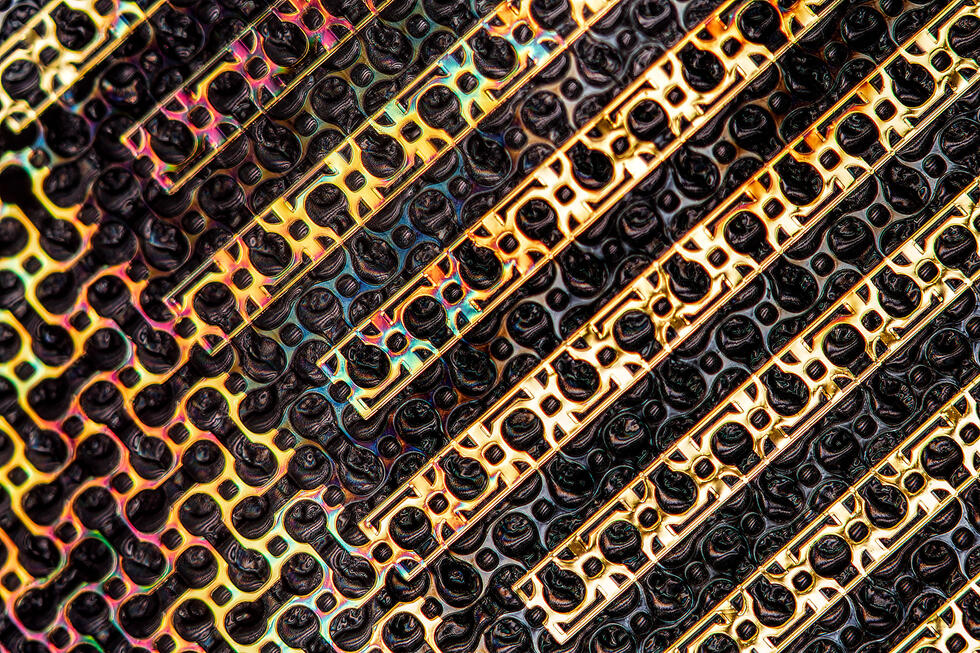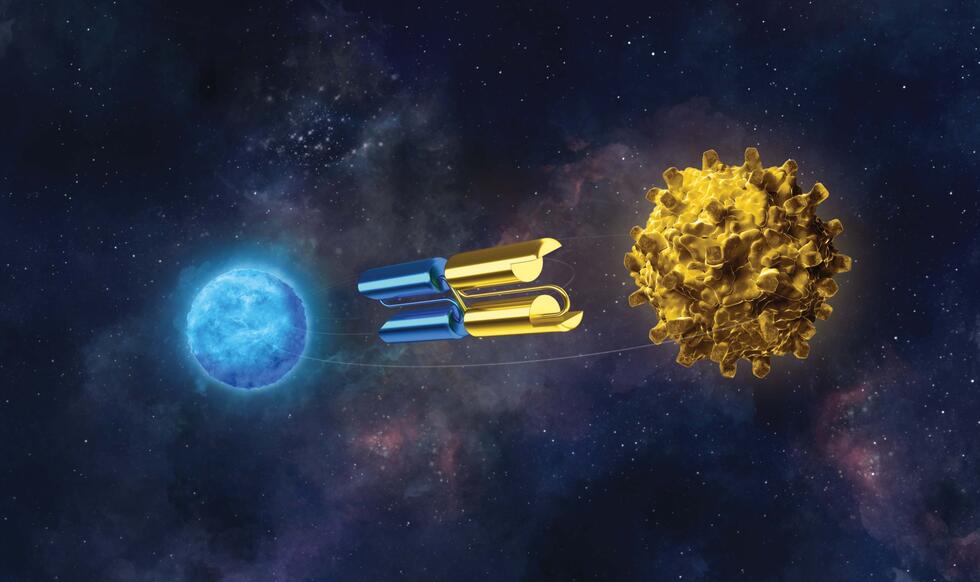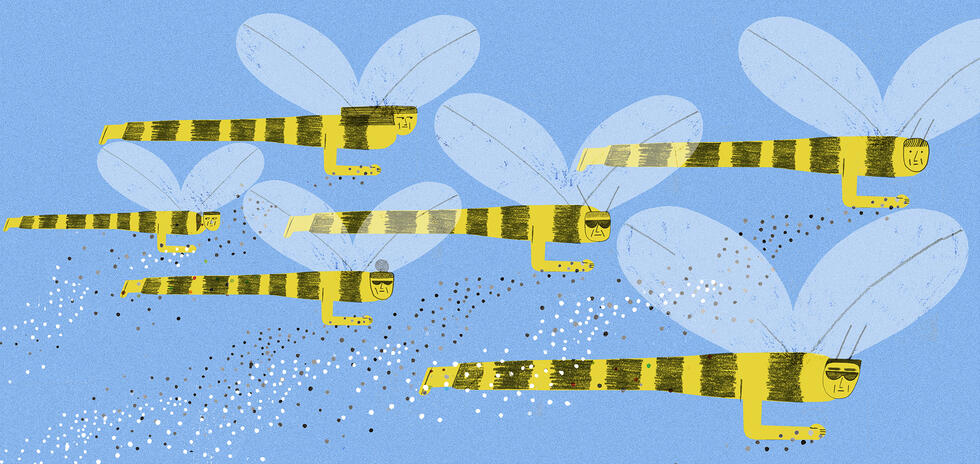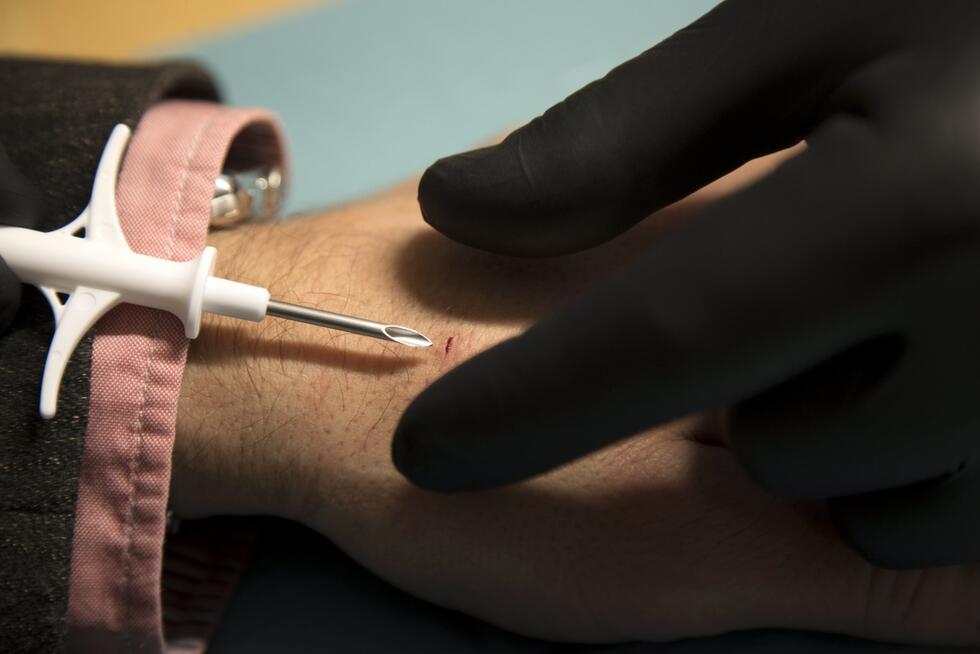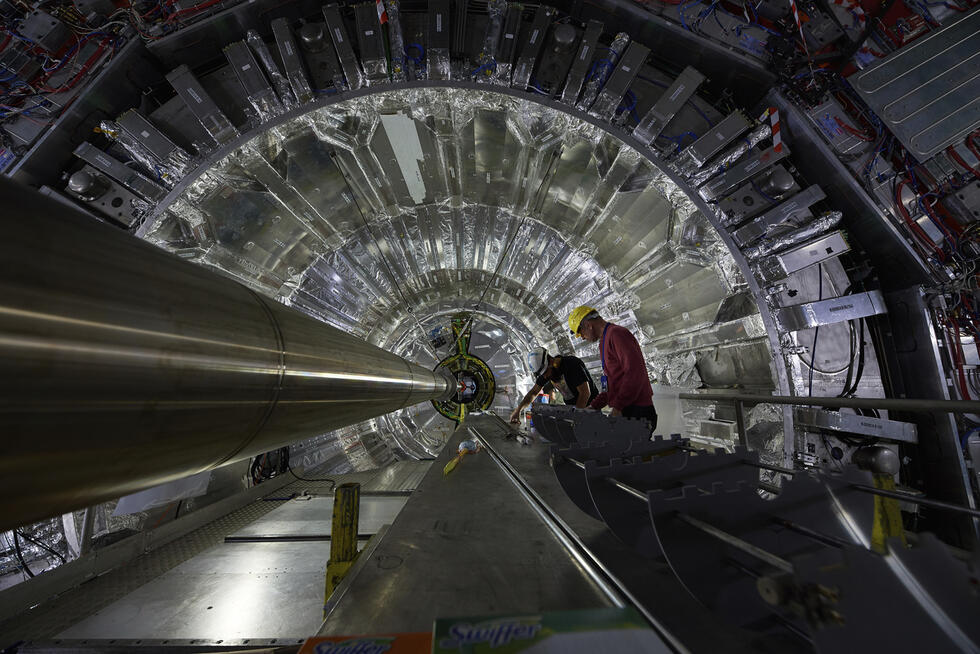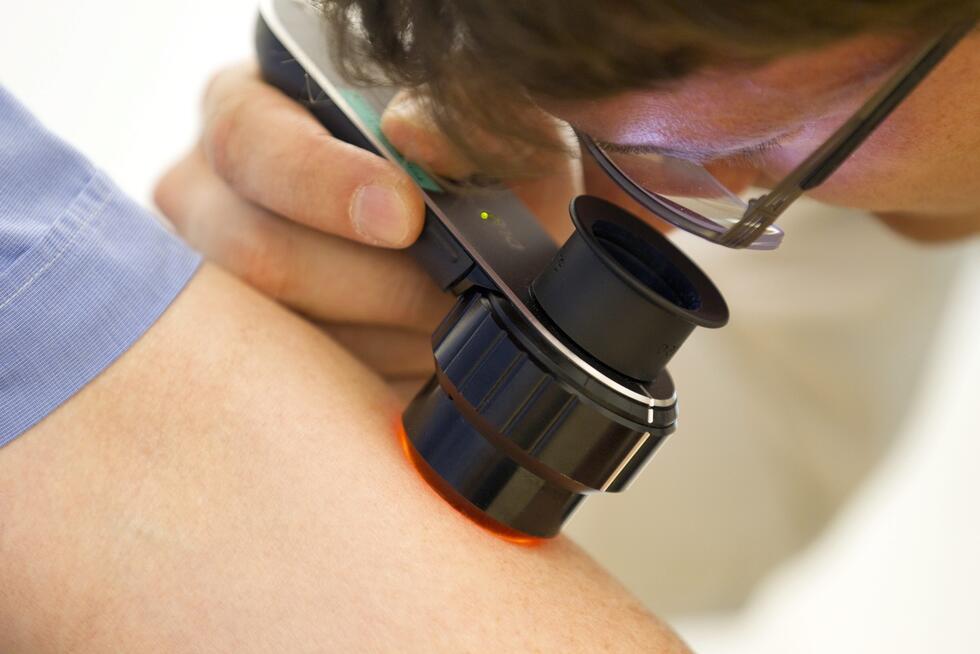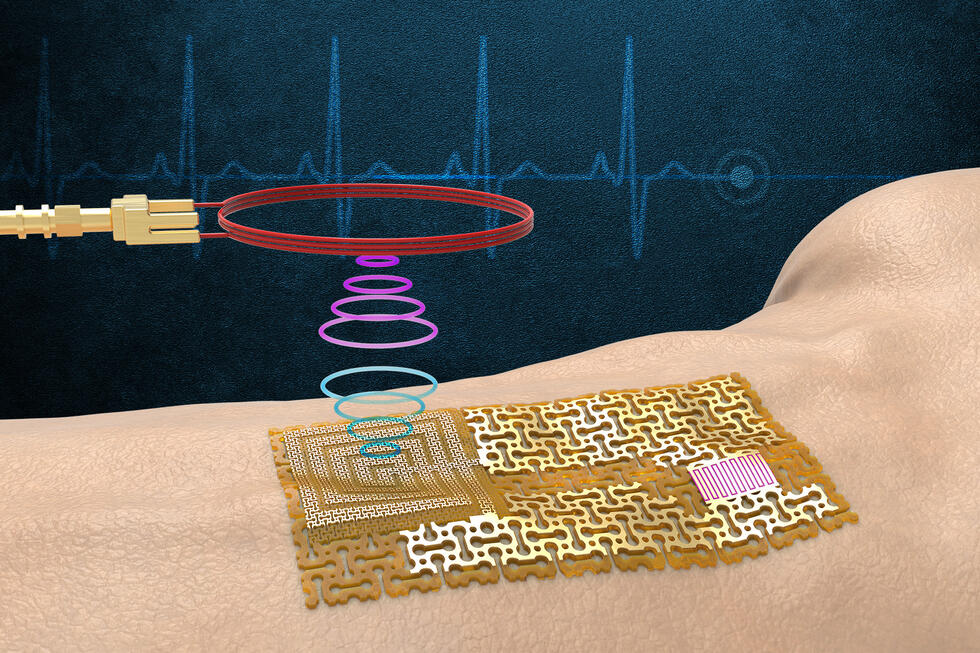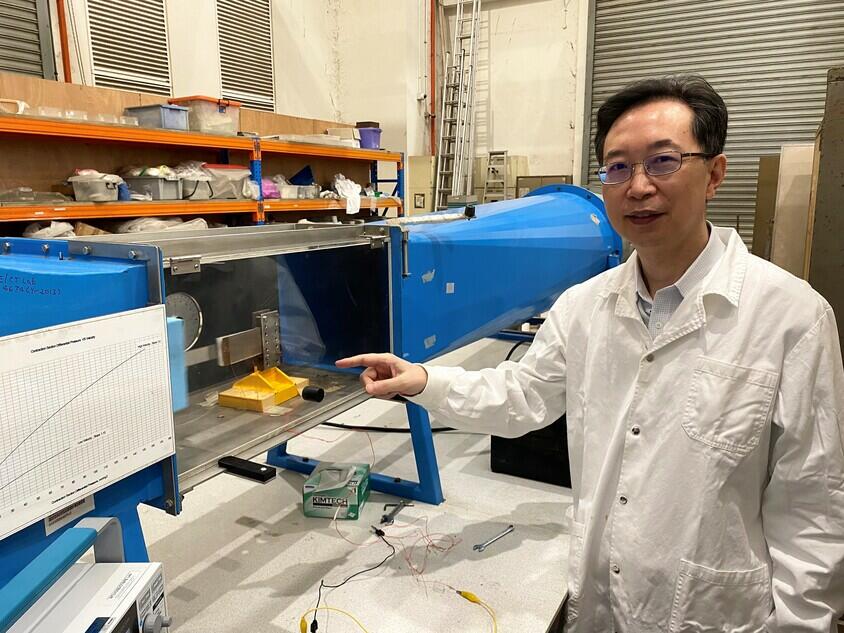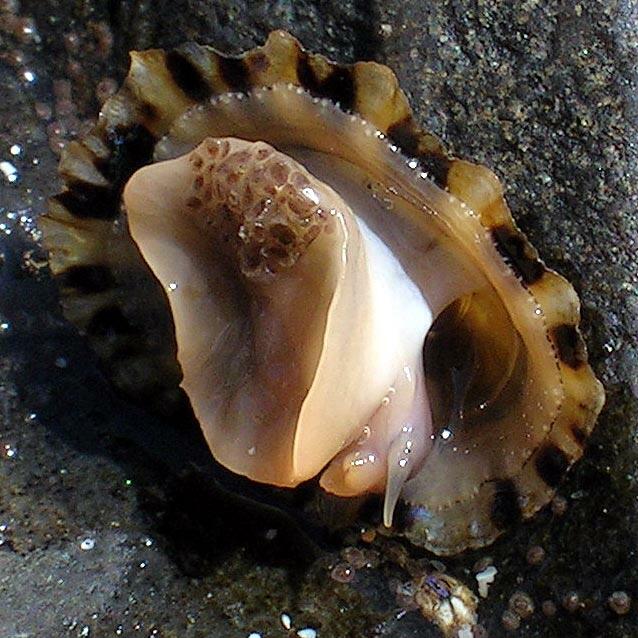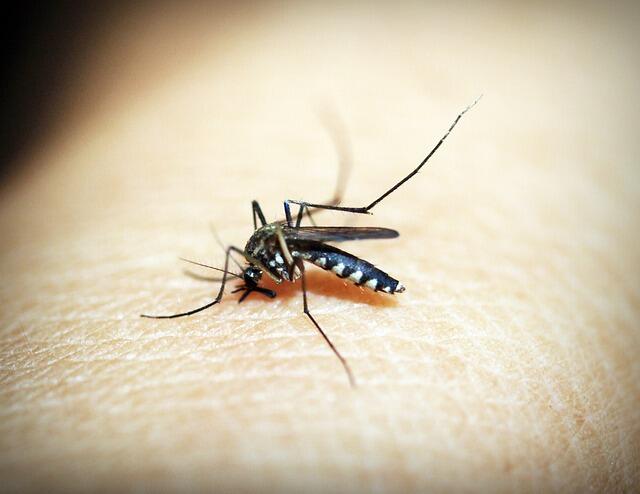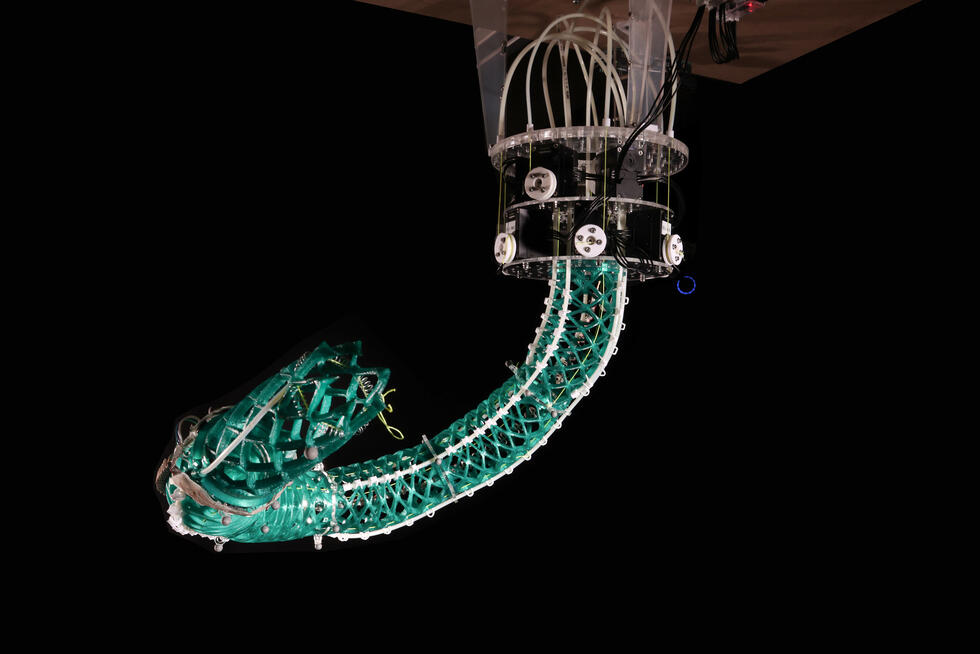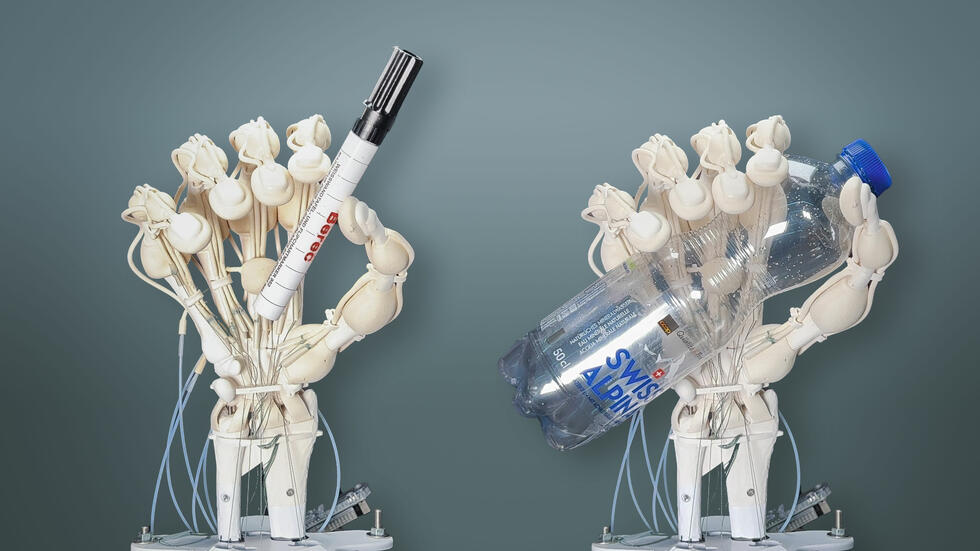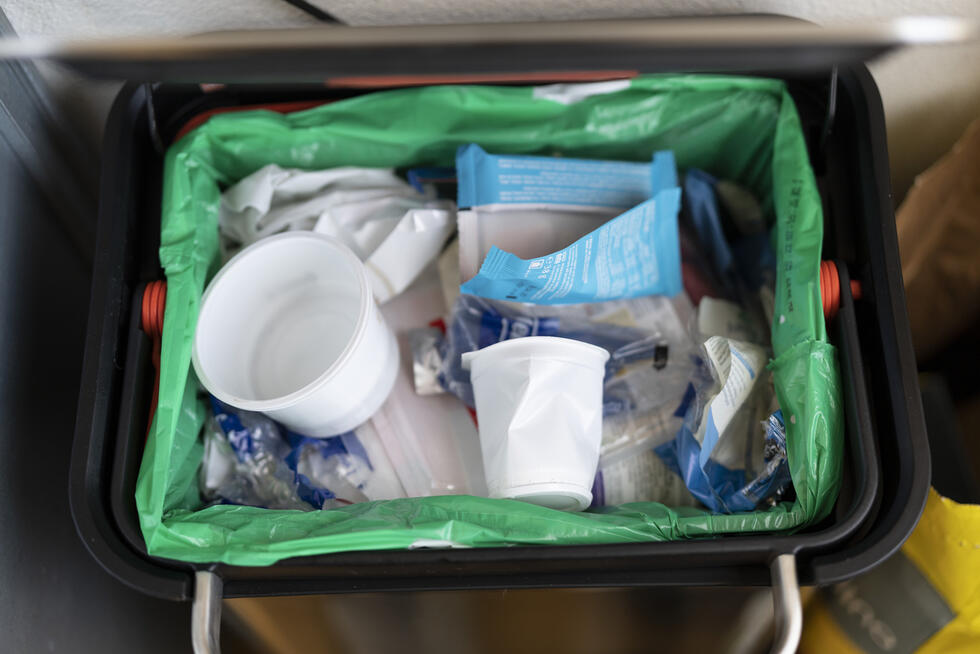SHORT NEWS
Researchers investigate environmental risks of nanomedicines
Nanomaterials are opening up new possibilities in medicine. But what if such nanomaterials escape into the environment? Empa researchers are currently assessing potential risks.
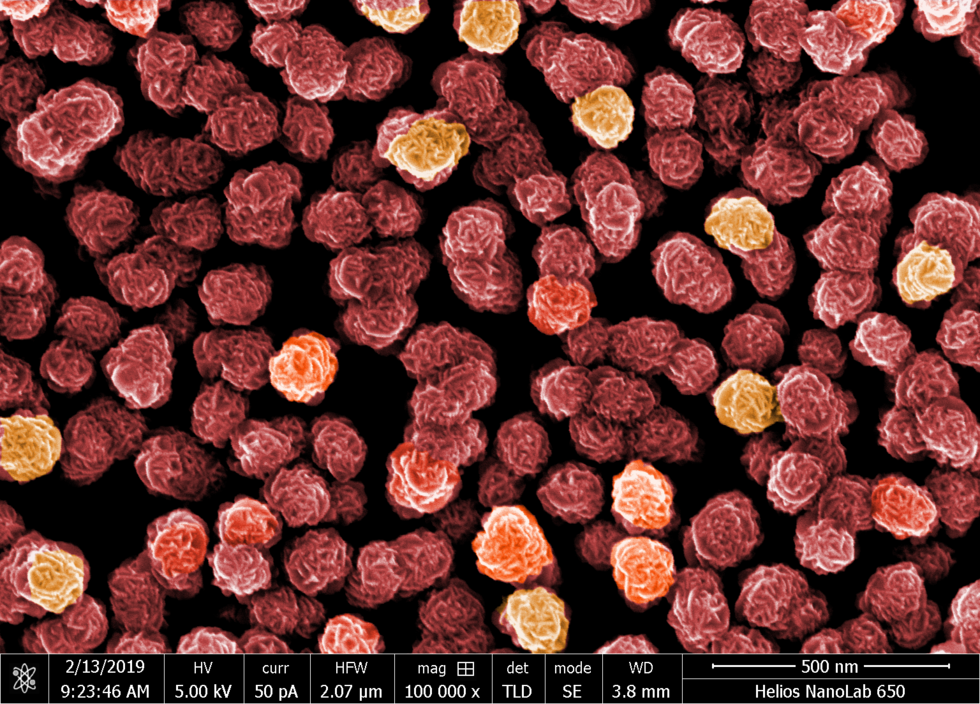
Innovations and risk analyses go hand in hand. Advances in materials research and medicine have driven forward a field of medicine known as nanomedicine, in which nanoparticles are used. These tiny particles can, for example, help combat cancer or overcome the blood-brain barrier, which generally represents a hurdle for pharmaceuticals. However, it is not yet clear what effects such substances have when they are released into the environment.
According to the Swiss Federal Laboratories for Materials Science and Technology (Empa), a team led by Bernd Nowack is currently investigating this question. The researchers have already published risk assessments for several medically used nanomaterials in the “Journal of Nanobiotechnology” and “Nanotoxicology”. This also helps manufacturers to weed out potentially harmful substances at an early stage in the development of new pharmaceuticals.
How much is released into the environment?
The prime objective of risk analyses is to determine the precise threshold below which a substance has no harmful effects whatsoever on the environment. On the other hand, it depends on how much will potentially be released into the environment.
This is no trivial task, because the researchers have to trace the paths and the changes of the nanomedicines as they pass through the body, the excretion, and the passage through the sewage plant and the wastewater into the environment. To accomplish this, they use pharmacological studies, analyses of material flows, and mathematical models.
“To date, there are no reliable estimates of the quantity of particles released for most nanobiomaterials,” Bernd Nowack says. These knowledge gaps must be closed at all costs.
With their investigations, the researcher and his team have now been able to provide such assessments for a number of nanomaterials used in medicine. These included, for example, nanochitosan, a derivative of a naturally occurring polysaccharide contained in the shell of crustaceans, which supports wound healing. The team also examined the nano-polymer polyacrylonitrile (PAN) used for antibacterial therapy and the natural mineral hydroxyapatite (HAP), which is used, among other things, in connection with drug delivery or the regeneration of bone tissue.
Harmless gold, harmful silver
In the case of nano-chitosan, it turned out that the nanoform is actually less dangerous for aquatic life than the conventional one. In terms of harmfulness to the environment, this substance ranks well behind conventional pharmaceuticals, such as antibiotics or painkillers. The two other substances PAN and HAP exhibited even better results. “These substances are virtually non-toxic in water,” Bernd Nowack explained.
In earlier studies, the team at Empa had been able to issue a similar all-clear verdict for nano-gold, which is used in cancer therapy. However, the situation is quite different in the case of nano-silver, as the researchers have now shown: This substance, which is valued for its antibacterial effect in medicine, is problematic for the environment because it also kills microorganisms. These, however, play an important role in ensuring the balance of ecosystems.
It must be assumed that the biological, chemical, and physical properties of many nanomaterials may differ significantly from those of other pharmaceuticals, Bernd Nowack stresses. One reason for this is the extraordinarily high number of substance particles and their much larger total surface area.
There is still a major knowledge gap regarding the extent to which flora and fauna – and also humans – come into contact with nanomaterials. This plays a decisive role in the risk assessments, because a hazardous substance with which no one comes into contact does not pose a risk. This is why the Empa team is also involved in the EU’s “Biorima” project to determine the extent to which living organisms are exposed to this new class of substances.





